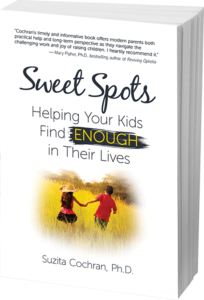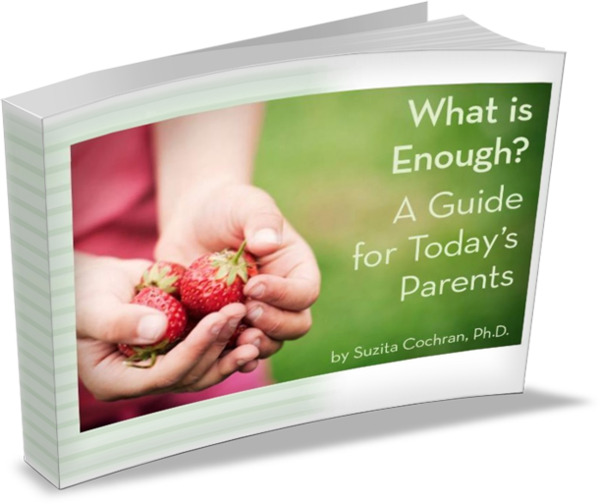 Recently Jhumpa Lahiri wrote a striking phrase: “[S]urely it is a magical thing for a handful of words, artfully arranged, to stop time. To conjure a place, a person, a situation, in all its specificity and dimensions. To affect us and alter us, as profoundly as real people and things do.”
Recently Jhumpa Lahiri wrote a striking phrase: “[S]urely it is a magical thing for a handful of words, artfully arranged, to stop time. To conjure a place, a person, a situation, in all its specificity and dimensions. To affect us and alter us, as profoundly as real people and things do.”
I took particular notice of this passage because her writing affects me in this way. There is something delightfully unsettling about losing oneself in fiction. I didn’t experience this quite so intensely before becoming a parent, but since then there have been days I crave a novel with the same desperation as spring sunshine after weeks of gray winter.
Reading the right book at the right time is like opening the window in a stale room. It blows in fresh views from new vantage points. It distracts from the mundane, pushes a reset button on the day. It is perhaps my most beloved vice. A vice because once I’m in that lovely, faraway place, it’s not easy to return.
My husband Todd knows by now that if I come back from my literary vacation in an unexpected mood, one in which I didn’t set out, this new mood likely matches that of the protagonist I’m following. Now poor Todd must decide whether to address or ignore this new emotion in a household already brimming with various humors.
But it’s a small price for me to pay – riding the waves of a character’s life. There’s so much wisdom and perspective to be gained!
When our family of five succumbed to the stomach flu within a two week period last winter, I found myself thinking daily about Louie Zamperini, the man at the center of Unbroken, the popular WWII biography. Louie Zamperini probably had an aching stomach like mine every day of his imprisonment in that P.O.W. camp. How on earth did he manage it? I’m embarrassed to admit how much that man’s harrowing experience helped me manage a few weeks of stomach flu camp – small in the scheme of things I know.
Or the times I read a book that truly changes me. It’s as if a new classification is added to my brain’s file cabinet, and from then on my memory system shifts slightly: B.C.F.S. (Before Cutting For Stone) and A.C.F.S.
When I read Lahiri’s New York Times piece on writing, I realized something. I’ve been known to push reading on my kids more than some. This works for my child who loves to read. Then again he probably would have loved reading with or without me.
My mini-epiphany was that I push reading not in fact because books and teachers say to do this. This had been my operating assumption. Instead I think I encourage reading because I love to read so much, and I want my kids to experience what has been so powerful for me. This realization makes me feel a bit better, though it also leads me to make a mental note: Just because something works well for me doesn’t mean it has the same effect on each of my kids. There are many activities which generate similar experiences of “flow” and wisdom in my children the way reading does for me.
What’s Our Brain Doing When We Read?
In the same New York Times section there was another enlightening article on fiction, this time from the perspective of neuroscience. It seems my experience of losing myself while reading great fiction has been elucidated in brain scans.
Annie Murphy Paul explains that when we read a passage which elicits smell or texture, or describes movement, the region of our brain which controls these abilities becomes active. Our brains even differentiate between a kick (light up the leg region) and a hit (turn on the arm region). The brain doesn’t distinguish fully whether we are reading about something or actually doing it. Because of this phenomenon, a deep, multifaceted learning occurs through reading. This brings to mind that almost physically tired feeling that can arise after reading an engaging story.
Don’t tell my kids this when I’m trying get them out of the house for some exercise. “But Mama, I was just reading a good chase scene. I don’t need to run around!”
Reading Improves Our Social IQ
Paul writes that because of the multiple ways the brain is stimulated through reading, fiction is a particularly useful method for teaching kids to understand social cues. Social intelligence involves taking the perspective of others in order to decipher their intentions and emotions. Reading can help children learn these skills by watching, or perhaps we should say passively experiencing, social situations in a low-stress, low-stakes environment. Research findings show the more a person reads, the better they read social situations.
Once again I was back to considering the bountiful benefits of reading. But with or without these literary advantages, I still only have one out of three children who truly loves to read. How can I support reading in my other kids? Unfortunately the New York Times didn’t come to my rescue on this issue, but it turns out one of our local papers did.
Graphic Novels for Kids
Colorado author and mom of three boys, Karla Oceanak writes graphic novels for kids. She assures us that not only do graphic texts quickly hook kids in, but brain scan research suggests graphic novels stimulate both left and right brain hemispheres due to the mix of images and text. Oceanak adds that “because visuals are stored more readily in long-term memory, we remember better when text is accompanied with pictures” as well.
The moral of my story on stories? Just because my particular brain does not happen to “light up” upon reading graphic novels doesn’t mean these books aren’t exceedingly worthwhile for my kids.
And who knows, maybe Jhumpa Lahiri is currently working on a graphic novel that would be right up my alley!
Which books hook your child in most easily?
______
Check out what the blog Imagination Soup has to say about graphic biographies for kids.

 Sweet Spots: Helping Your Kids Find ENOUGH in Their Lives.
Sweet Spots: Helping Your Kids Find ENOUGH in Their Lives.


Great post! I like the new look of your blog.
What wonderful news about reading! Do you think the research on graphic novels extends to comics like calvin&hobbes or the far side? Last year, when olivia was allowed to read those for school, her love of reading blossomed. Since then she has loved The Evolution of Calpurnia Tate and the (2book) series by Dr. Cuthbert Soup, Whole Nother Story.
I think Calvin and Hobbes and Far Side comics definitely count in this way! My boys used these in the same way your daughter did and like you I was just happy they were reading. Well except for those times when they spent 30 minutes straight reading the comics back to me. (“Have you heard this one?… Or this one?…)
Love this article! Thanks for helping me justify that enormous stack of “summer reading” books I just bought. Ella becomes the characters in her books all the time, I love that they help her try on different personas and practice reading social cues.
Ps. I actually came here this morning from your Simple Kids guest post!
How fun that you came across my guest post at Simple Kids! And that’s so cute to picture Ella turning into all her favorite characters! When I volunteer during library time at school I sometimes ask her and her buddies for book recommendations. 🙂
I love your blog – I think we have lots of similar ideas – can’t wait to read more.